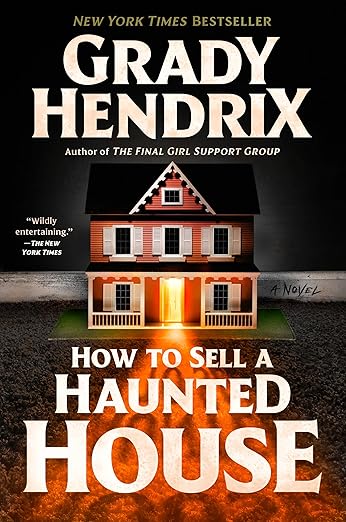
How to Sell a Haunted House is a horror story and not my usual genre, but I read it for a book club, and it had some interesting features. The author deals with adult sibling rivalry in a fascinating attempt to depict the horrors of unresolved childhood conflict between parents and siblings.
Louise and Mark Joyner, sister and brother, are overcome with grief when their parents die but express their feelings very differently. Each has difficulty understanding the other’s perspective and needs. Louise found it incredulous to accept that her mother had favored Mark and not her. Of course, coming to terms with their childhood demons is a challenge when they don’t agree on many of the facts.
Nancy, their mother, had been a Christian puppeteer, and the house that she and their father, Eric, abandon when they die seems genuinely haunted to Mark and Louise. This brother/sister duo is forced to confront the puppets that had terrorized them during childhood and adolescence. One puppet, Pupkin, is particularly menacing. Pupkin had played an integral role in Nancy’s mothering and upbringing of her children. Coming to grips with Pupkin and his determination to torment the family is central to the plot of How to Sell a Haunted House.
From a literary point of view, the brother/sister relationship was well developed and stood the test of rounded characters. Also, the section headings, which loosely mimic the widely accepted stages of grief, provide a great “skeleton” for the book. In addition to providing some unsettling, horrific scenes involving puppets and squirrels, Hendrix delves into family miscommunications. I found the characters relatable as they experience difficulties finding common ground with estranged family members. If you read this book, consider how many characters are hiding behind the masks of puppets and how parenting styles continue through generations.


